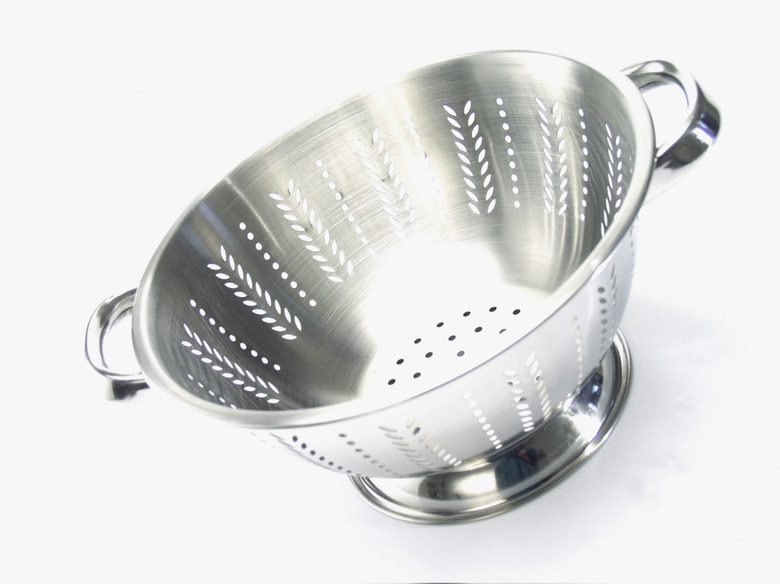Corrosion & Chemical Changes In Aluminum Metal
Aluminum is a metal that has many industrial applications. In its pure state it is very reactive. However, it is made less reactive and resists corrosion due to a coating that occurs on its surface. This coating is aluminum oxide, which protects the aluminum underneath it. Various chemicals can react with the aluminum oxide, thereby potentially promoting further corrosion and changes to the pure aluminum underneath.
Pure Aluminum
Pure Aluminum
Aluminum's reactivity prevents it from occurring naturally in its pure state. Instead, it is present in an ore called bauxite. In order to yield aluminum for use in the industrial world, the bauxite must undergo a purification process called the Bayer process. Aluminum ions have a charge of +3. This means that the atoms have three more protons than electrons. In order to add electrons to aluminum ions, the purification process therefore requires a large amount of electricity.
Aluminum Oxide
Aluminum Oxide
Aluminum oxide has a chemical formula of Al2O3. The two aluminum ions have a combined charge of +6, and the oxygen ions have a combined charge of -6. Pure aluminum atoms will react with oxygen atoms to form a layer of aluminum oxide at the surface of a pure aluminum sample. Aluminum oxide is a very hard crystalline compound, with a melting point at over 2,000 degrees Celsius (3,632 Fahrenheit).
Resistance to Corrosion
Resistance to Corrosion
The creation of aluminum oxide is an example of corrosion. The aluminum atoms lose electrons to oxygen atoms. However, the layer of aluminum oxide that forms on the surface of pure aluminum protects the aluminum below it from further corrosion. The aluminum can be protected even more by a thicker layer of aluminum oxide on a sample. This is accomplished through electrolysis.
Changing the Aluminum Oxide
Changing the Aluminum Oxide
Aluminum oxide is not impervious to other chemical changes. Aluminum oxide reacts with OH- ions to form aluminum hydroxide. Therefore, it is not a good idea to expose any aluminum pots and pans to alkaline, or basic, foods and chemicals. As the aluminum oxide breaks down, this will enable the pure aluminum underneath it to react as well. Acidic compounds, on the other hand, can strengthen the aluminum oxide layer and help prevent against corrosion and other chemical reactions.
Cite This Article
MLA
Murmson, Serm. "Corrosion & Chemical Changes In Aluminum Metal" sciencing.com, https://www.sciencing.com/corrosion-chemical-changes-aluminum-metal-20216/. 24 April 2017.
APA
Murmson, Serm. (2017, April 24). Corrosion & Chemical Changes In Aluminum Metal. sciencing.com. Retrieved from https://www.sciencing.com/corrosion-chemical-changes-aluminum-metal-20216/
Chicago
Murmson, Serm. Corrosion & Chemical Changes In Aluminum Metal last modified August 30, 2022. https://www.sciencing.com/corrosion-chemical-changes-aluminum-metal-20216/
